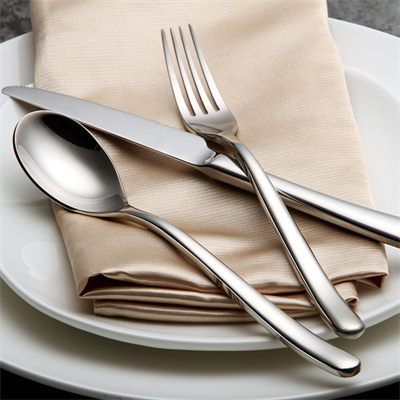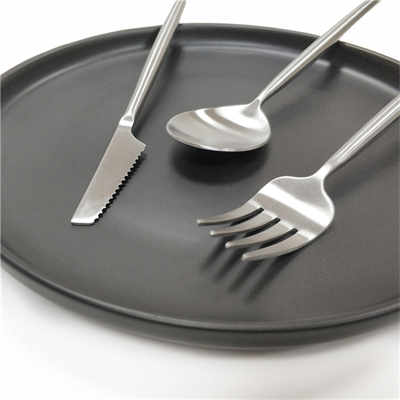How did the dining fork develop?
A table fork is a Western utensil that assists the user in bringing food to the mouth. You can also hold food while cooking or cutting it so it doesn’t move. One end of the fork is held by someone. The other end has two to four branches for inserting or holding food.
In the 12th century, the fork was brought into the Anglo-Saxon kingdom by the Archbishop of Canter, England. It is very interesting that the nobles of the time did not like to eat with a fork. Instead, the fork is often used as a weapon in a duel. The Anglo-Saxons of the 14th century often used forks as collectibles. Edward I made seven gold and silver forks for himself. A book written in 1570 (Cuoco scretodi Papa Pio Quinto) contains the first illustration of a dining fork.
Until the 17th century, most Europeans used a knife to cut food into pieces. Grab it with your hand and put it in your mouth to eat. In the eyes of conservative British people, the reason why Italians eat with a fork. It’s because their hands are not clean. So if someone used a fork to eat at that time, they would be ridiculed by everyone. If a man has a fork, he is considered a picky guy. Or lack of masculinity. If a woman uses a fork, it is seen as a show-off.
In the 18th century, the French Revolutionary War broke out, and the fork changed its fate. At that time, eating with a fork with four tines was the patent of the French nobility. This is where people who use a fork are seen as different. It symbolizes status and luxury, and more and more people use the fork.
















